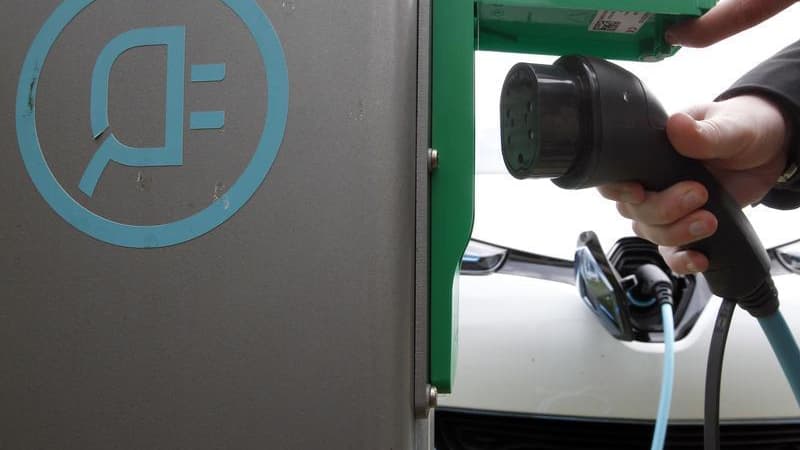It is (finally) done. This Thursday, May 4, France surpassed the milestone of 100,000 charging stations according to the latest Avere barometer, the association that brings together electric mobility professionals. Finally, more precisely “charging points open to the public”, that is, the sockets to connect your electric vehicle, knowing that a terminal generally has two.
Installation acceleration
An objective initially scheduled for the end of 2021, which is why it is almost a year and a half behind schedule, but which has contributed to accelerating the installation of new charging stations, as can be seen in the following graph.
An important milestone for the future of electric mobility in France, as confirmed by Arthur Jouannic, Director France and Head of European Development at LCP Delta:
“It’s an exciting first step, but we will need to accelerate if electric car adoption continues to rise rapidly. It is absolutely essential that France reduce its carbon emissions as much as possible in the long term.”
It is in Ile-de-France that we find the majority of public terminals, with 17,451 charging points at the end of March, ahead of Auvergne Rhône Alpes (11,491) and the Occitanie region (9,276).
Although the vast majority of recharges are done at home or at work, this so-called “public” network is still essential for long trips, in need of fast, high-power terminals, and for those who do not have access to a power outlet. recharge from your place of residence.
Currently we find these terminals 39% near shops, 34% in car parks and 20% on the road. Finally, 5% is offered by companies that allow public access to charging points.
It is also interesting to look at the distribution of this network in terms of load power. More than a third of the terminals thus offer alternating current charging of less than 7.4 kW, that is, slow charging, and more than half a power of between 7.4 kW and 22 kW.
“We will need everything: charging very fast on the highway and also charging slowly at night in cities for people who cannot charge at home for example,” explained Avere’s general manager, Clément Molizon, this Wednesday at BFM Business.
For some, however, faster terminals are needed:
“Despite a strong acceleration in the deployment of charging stations, stations of more than 50 kW still represent less than 15% of the network,” says Matthieu Dischamps, DG France of Powerdot, the operator that has installed the largest number. of fast charging points in France in 2022.
It also points to a possible division between the territories:
“Thus, the current network does not respond to the real need of the French with skills adapted to transit time. In addition, urban areas are the most privileged to the detriment of the more rural ones, with the risk of creating a territorial division as we have known with fiber, linking them allows the energy transition to be extended to all ”, he adds.
If France will have 9 motorway service areas out of 10 equipped this summer, the risk of congestion at the terminal is not excluded, with less than 10% of the charging network currently offering charging of at least 150 kW:
“To this day this is still slightly insufficient, especially when we have to queue at motorway service areas during the busiest school holiday periods. allow the greatest possible number of travelers to make their trips by electric”, underlines Arthur Jouannic.
After 100,000 terminals, what course for France?
The 100,000 charging points place France on the second step of the European podium, behind the Netherlands and ahead of Germany. But what is the next step?
By 2030, Avere estimates there should be a network of between 330,000 and 480,000 charging points open to the public for light vehicles only. For his part, Emmanuel Macron had set a goal of 400,000 terminals at the opening of the last Paris Motor Show. Figures far from what Arthur Jouannic from the LCP Delta firm recommends:
“More than 1 million terminals in 2030. This is essential. Today, given the current market conditions, we are planning around 600,000 terminals by 2030, which would be insufficient”, he says.
In 2030, it is estimated that 13.5 million electric and plug-in hybrid vehicles will circulate in France, that is, 10 times more than today.
Source: BFM TV


